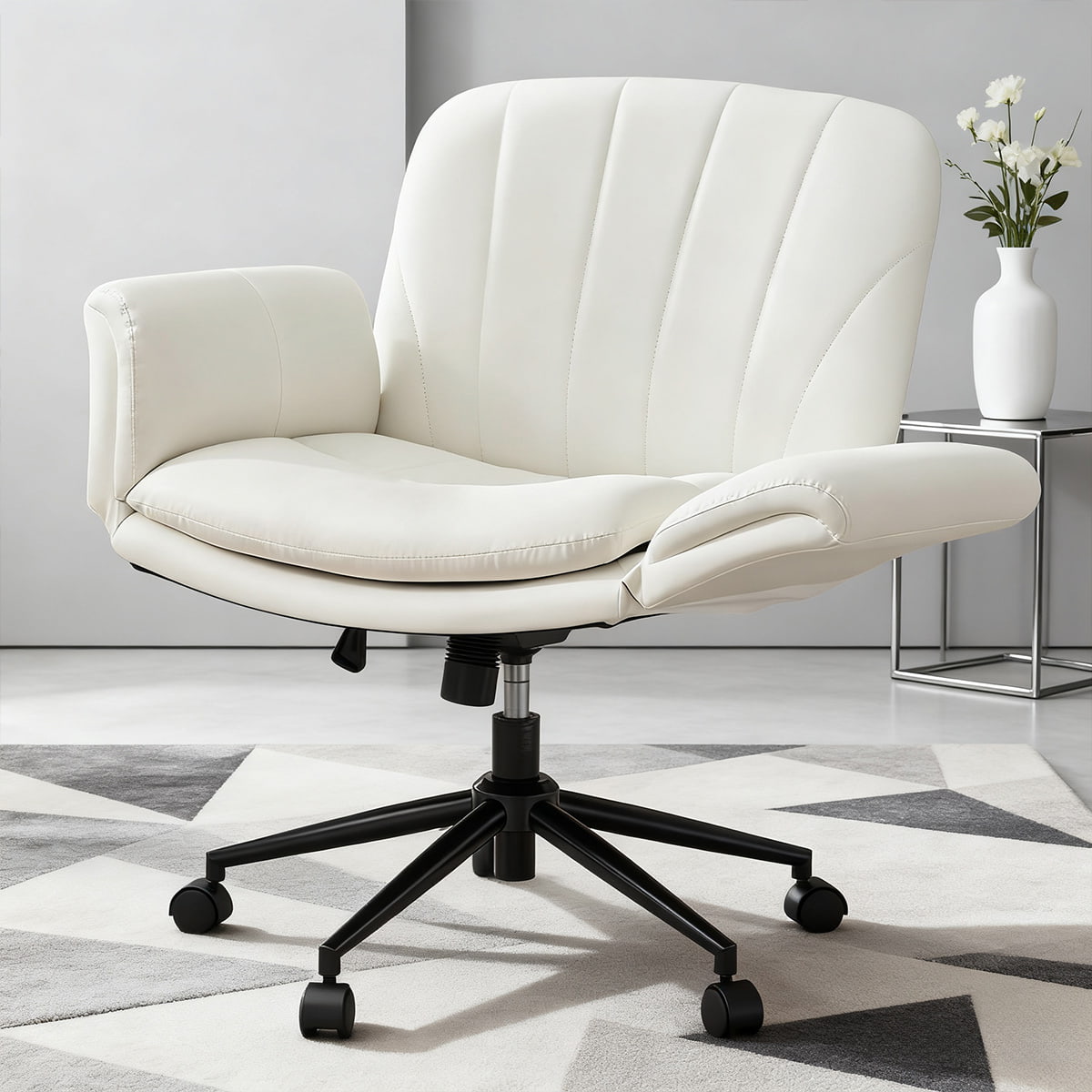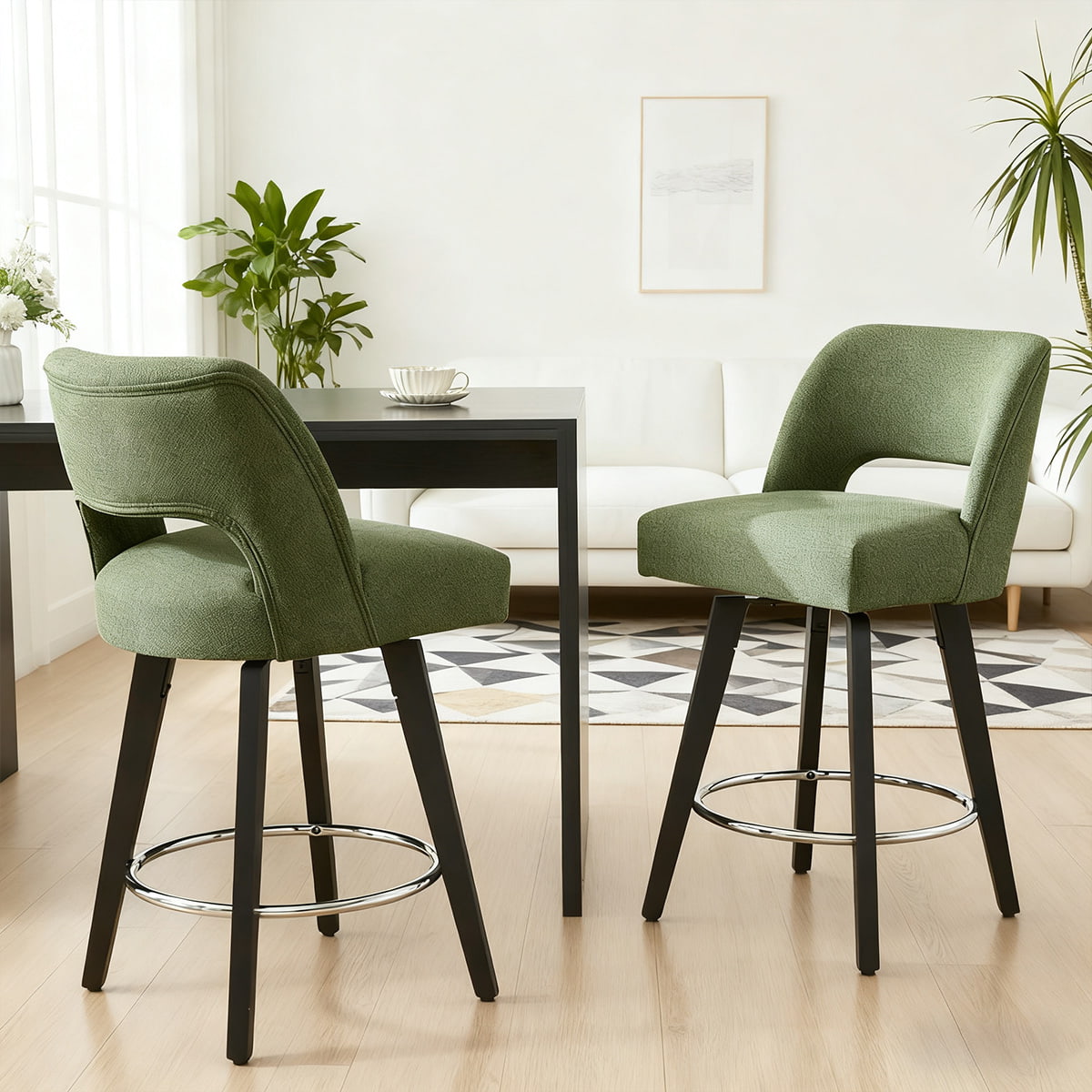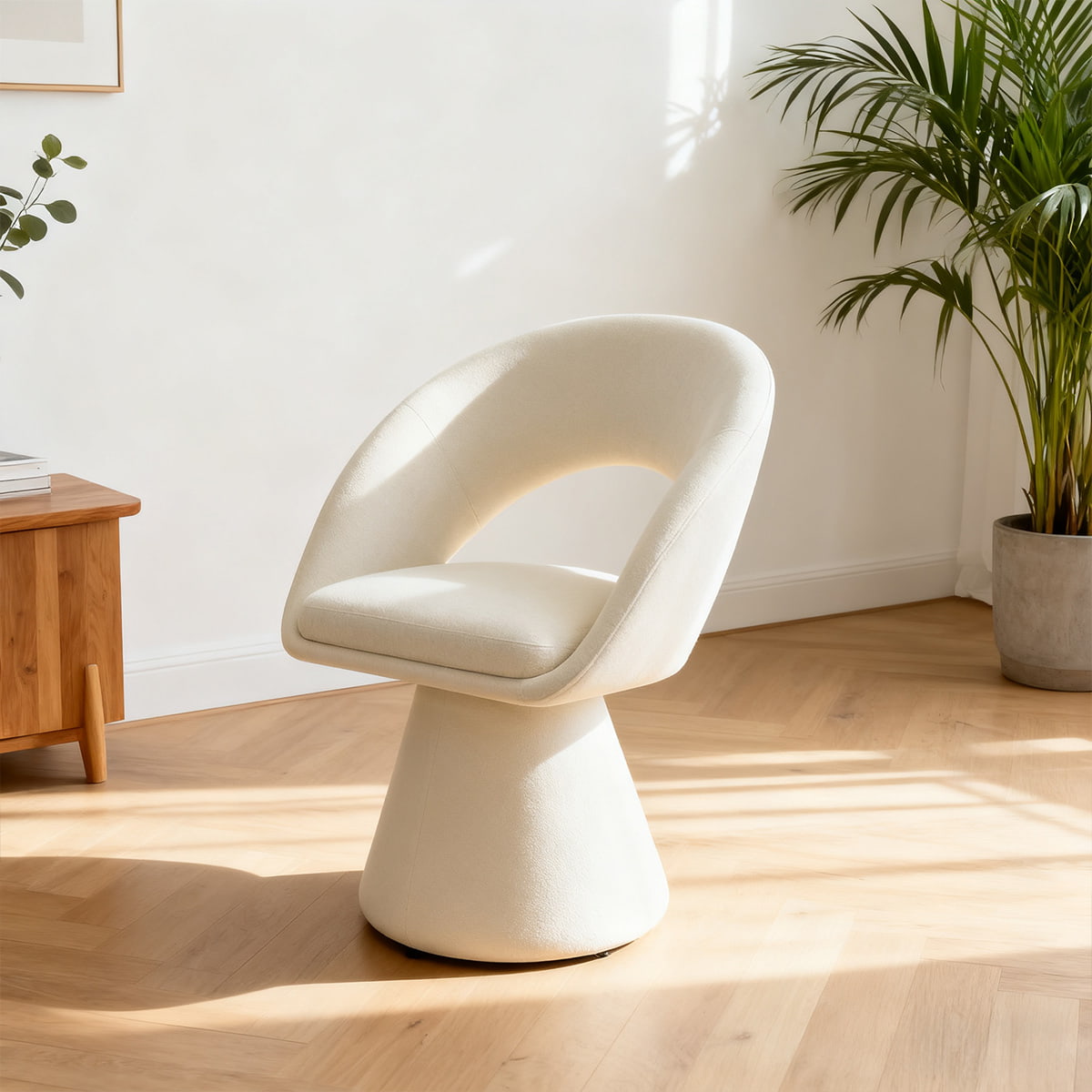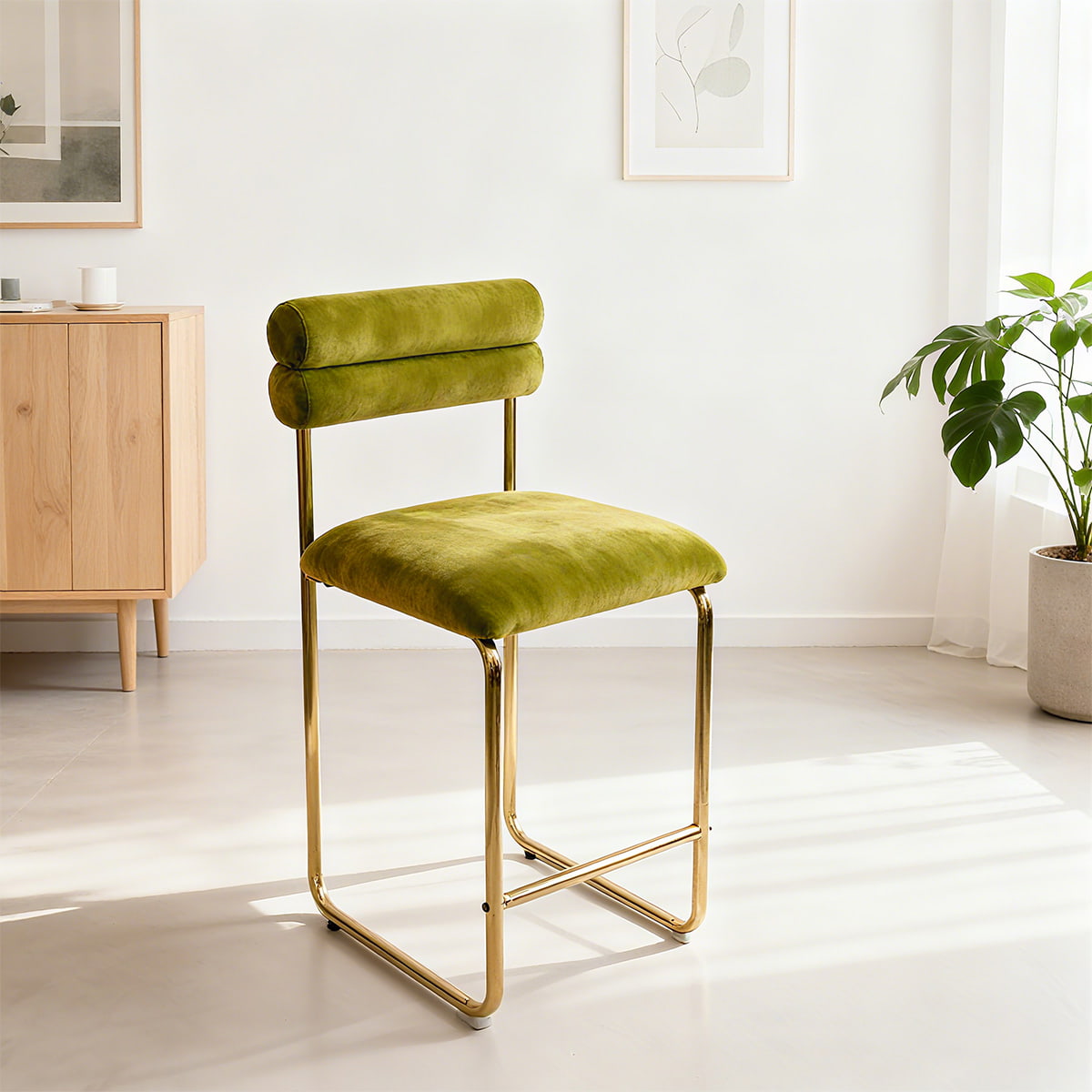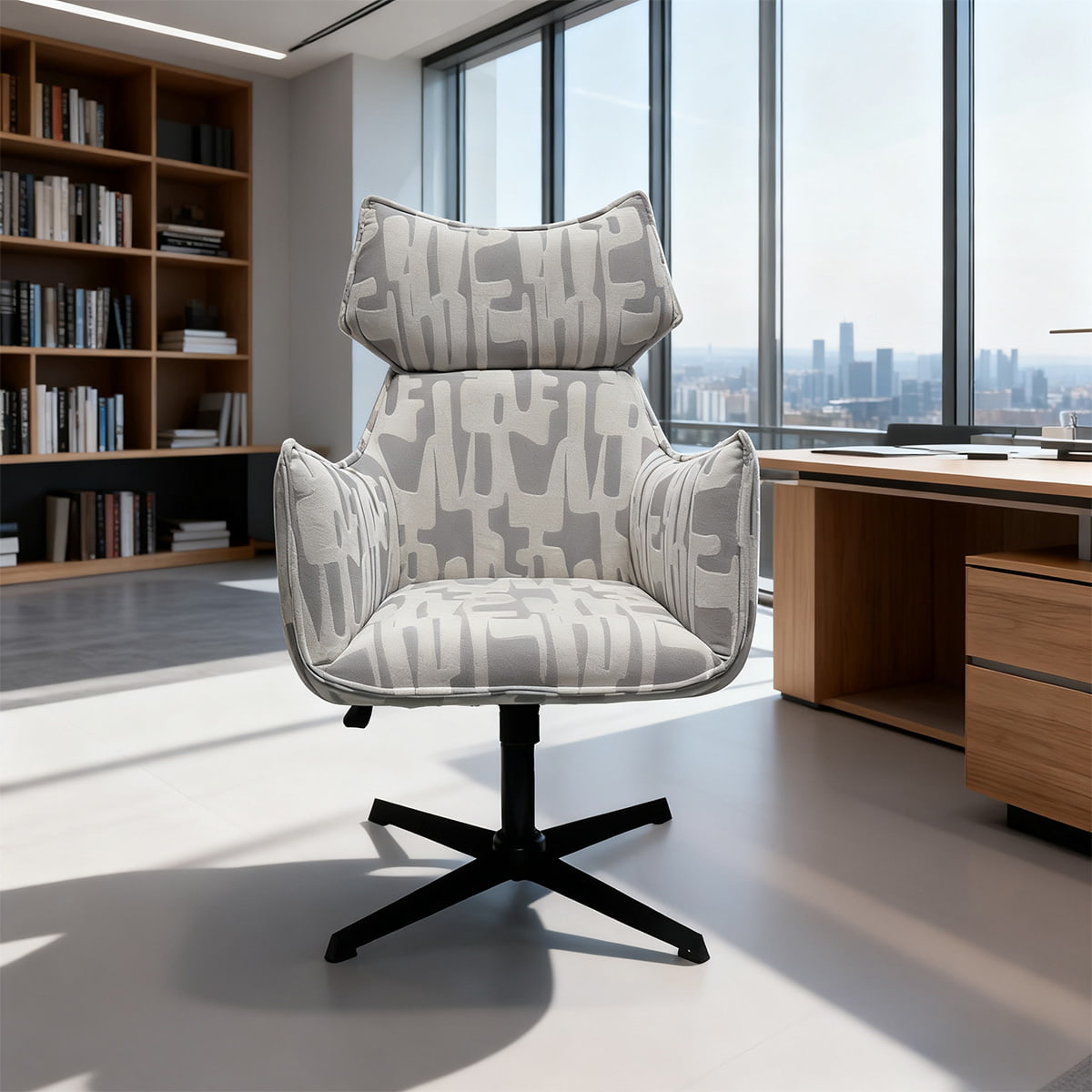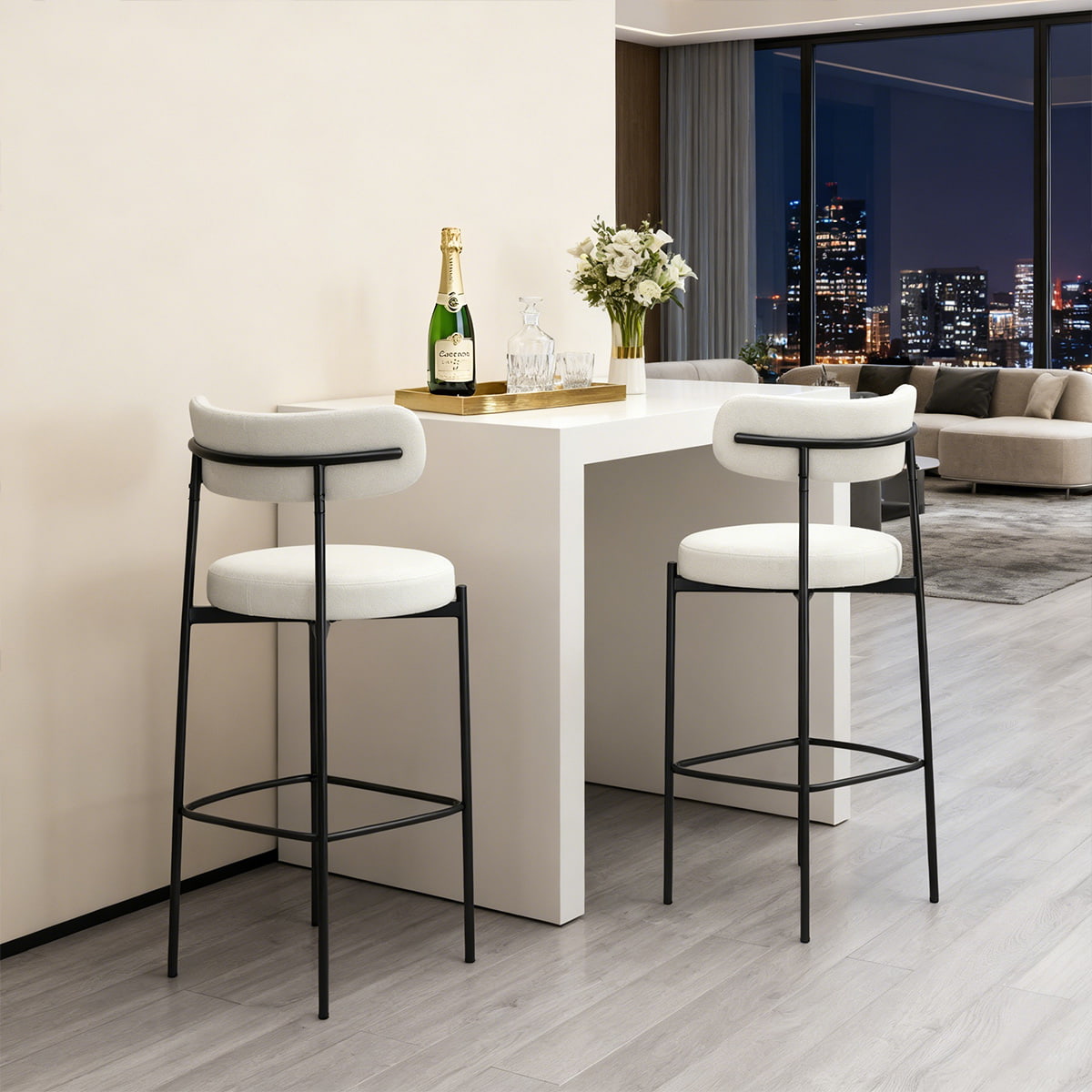
Fabric leisure Chair vs. Wooden leisure Chair: Which is Better for Everyday Use?
Posted by Admin | 24 Oct
- 1 The Core of Comfort: Analyzing the Feel and Usability
- 2 Durability and Lifespan: Which Chair Stands the Test of Time?
- 3 Maintenance and Care: Keeping Your Chair Looking Its Best
- 4 Health, Allergies, and Climate Considerations
- 5 Aesthetics and Style: Defining Your Space
- 6 The Ultimate Comparison Table: Pros and Cons of Fabric vs Leather Chairs & Wood
- 7 FAQ
Selecting the perfect leisure chair for your daily relaxation is a decision that balances comfort, style, and practicality. The choice between a plush Fabric Leisure Chairs and a sleek wooden leisure chair is a common dilemma. Both offer distinct experiences and aesthetics, but which one truly excels for everyday use in your home? This in-depth comparison will guide you through the key factors—from comfort and durability to maintenance and health considerations—to help you make the perfect choice for your lifestyle.
Modern White Boucle Barrel Accent Chair with Open Back – Upholstered Dining & Living Room Armchair
The Core of Comfort: Analyzing the Feel and Usability
Comfort is subjective and multifaceted. It's not just about initial softness, but about how the chair supports your body over extended periods, making it a crucial factor for a piece of furniture used daily.
The Plush, Inviting Embrace of Fabric Leisure Chairs
Fabric chairs are synonymous with softness and warmth. They offer a forgiving, cushioned surface that conforms to your body, creating an immediate sense of coziness. This makes them ideal for curling up with a book or watching a movie.
- Temperature Neutral: Fabric remains relatively neutral to the touch, feeling neither cold in winter nor sticky in summer, unlike leather or some plastics.
- Full-Body Comfort: The padded arms, back, and seat provide a uniform, soft contact point, reducing pressure points.
- Customizable Softness: The comfort level can be tailored through different cushion fills (e.g., high-resilience foam, down blends) and fabric textures, from soft chenille to nubby bouclé.
The Firm, Structured Support of Wooden leisure Chairs
Wooden leisure chairs provide a different kind of comfort—one of postural support and architectural firmness. They often feature tailored cushions rather than full upholstery, emphasizing the structure of the chair itself.
- Ergonomic Design: Many wooden chairs are sculpted to follow the body's contours, offering excellent lumbar and back support.
- Firm Base: The solid construction is beneficial for those who prefer a firm seating surface or have difficulty getting out of deeply cushioned chairs.
- Breathability: With less overall upholstery, they can feel cooler and less confining, which is advantageous in warmer climates.
Durability and Lifespan: Which Chair Stands the Test of Time?
An everyday chair must be built to last. The durability of fabric and wood varies dramatically based on material quality and construction, making this a key area for research.
Choosing the Best Fabric for Durable leisure Chair Designs
Not all fabrics are created equal. The longevity of a Fabric Leisure Chairs hinges on the textile's rub count (abrasion resistance), weave, and fiber content. This is a primary consideration for manufacturers like Anji Duomei Intelligent Furniture Technology Co., Ltd., who implement strict quality control to ensure their fabrics meet the demands of both residential and contract use.
- High-Performance Fabrics: Solution-dyed acrylics and polyesters (e.g., Sunbrella-style fabrics) offer exceptional fade and stain resistance.
- Heavy-Duty Weaves: Tight weaves like damask, canvas, or microfiber are more resistant to pilling and wear than loose weaves.
- Rub Count (Wyzenbeek/Martindale): For everyday use, look for a fabric with a double-rub count of at least 15,000 (residential) to 30,000 (heavy residential/commercial).
The Inherent Strength and Vulnerabilities of Wood
Wood is a naturally durable material, but its performance depends on the species, construction, and finish. A well-made wooden chair can last for generations.
- Hardwood vs. Softwood: Hardwoods like oak, maple, and walnut are far more resistant to dents and scratches than softwoods like pine.
- Joint Construction: Dovetail or mortise-and-tenon joints indicate a high-quality, long-lasting build compared to staples or glue.
- Finish Durability: A durable lacquer or polyurethane finish protects the wood from moisture, stains, and UV damage, while an oil finish requires more upkeep.
Maintenance and Care: Keeping Your Chair Looking Its Best
Daily use inevitably leads to dirt, spills, and wear. Your willingness to perform maintenance can significantly influence which chair material is the better fit for your home.
Essential Maintenance Tips for Fabric Upholstery Chairs
Fabric requires a proactive and reactive approach to care. Regular upkeep prevents the deep settling of dirt and grime, which can break down fibers over time.
- Regular Vacuuming: Use an upholstery attachment weekly to remove dust, crumbs, and allergens from the surface and crevices.
- Immediate Spot Cleaning: Blot spills immediately with a clean, absorbent cloth. Use a mild detergent solution only if necessary, and always test in an inconspicuous area first.
- Professional Cleaning: Plan for a professional deep clean every 12-24 months, depending on use, to revitalize the fabric and remove embedded soils.
- Fabric Protectors: Applying a after-purchase fabric protector can create an invisible barrier against stains, making cleanup easier.
The Simplicity and Ritual of Wood Care
Wood maintenance is often more straightforward but requires consistency to prevent long-term damage. The care routine differs based on the type of finish.
- Dusting and Dry Cleaning: Regular dusting with a soft, dry cloth is the most important step to prevent abrasive particles from scratching the surface.
- Damp Cloth Wiping: For sticky spots, a lightly dampened cloth followed by immediate drying is usually sufficient. Avoid harsh chemicals.
- Polishing and Re-oiling: For oil-finished woods, periodic reapplication of oil is needed to maintain protection and luster. Lacquered finishes may only require an occasional furniture polish.
Health, Allergies, and Climate Considerations
Your local environment and personal health needs can make one material a clearly superior choice over the other for daily well-being.
Are Fabric leisure Chairs Good for Allergies?
This is a critical question for allergy sufferers. Fabric can trap dust mites, pet dander, pollen, and other allergens deep within its fibers. While regular and thorough vacuuming (ideally with a HEPA filter) can mitigate this, a fabric chair will always be a greater potential allergen reservoir than a non-porous surface.
- Hypoallergenic Options: Choose tight-weave microfiber or synthetic fabrics that are less permeable to allergens than nubby wools or loose cottons.
Removable/Washable Covers:
- Chairs with fully removable and machine-washable covers are the best choice for allergy sufferers.
How Wood and Fabric React to Humidity and Temperature
Wood is hygroscopic, meaning it absorbs and releases moisture from the air. In very humid environments, solid wood can swell or warp over time, while very dry conditions can cause cracking. Engineered wood is more stable. Fabric is generally less affected by humidity but can develop a musty smell in damp conditions if not properly cleaned and aired. In dry climates, both materials are typically fine, though fabric may contribute to static electricity.
Aesthetics and Style: Defining Your Space
Your leisure chair is a centerpiece of your room's decor. The material you choose sets a distinct tone and offers different levels of flexibility in interior design.
Versatility and How to Style a Fabric Accent Chair
Fabric chairs are unparalleled in their ability to inject color, pattern, and texture into a room. They are the chameleons of interior design, easily adapting to various styles from traditional to modern bohemian. When considering how to style a fabric accent chair, the possibilities are vast.
- Color and Pattern: Use a boldly patterned or brightly colored chair as a focal point in a neutral room.
- Layering Textures: Pair a nubby bouclé chair with a smooth leather sofa and a wooden coffee table for a sophisticated, tactile experience.
- Style Shifting: You can dramatically change the look of a room by simply reupholstering a fabric chair, a service often supported by OEM/ODM manufacturers.
The Timeless, Architectural Statement of Wood
Wooden leisure chairs bring a sense of structure, warmth, and organic beauty. They often function as sculptural art pieces, highlighting the natural grain and craftsmanship.
- Mid-Century Modern and Scandinavian: Wooden chairs are staples in these design schemes, celebrated for their clean lines and natural materials.
- Organic and Rustic Styles: A live-edge wooden chair or one with a rustic finish can anchor a room with an earthy, grounded feel.
- Timelessness: A classic wooden chair design rarely goes out of style, making it a long-term investment in your decor.
The Ultimate Comparison Table: Pros and Cons of Fabric vs Leather Chairs & Wood
To simplify your decision-making process, here is a direct comparison that encapsulates the pros and cons of fabric vs leather chairs and, most importantly, how fabric stacks up against wood across all critical categories for everyday use.
| Factor | Fabric leisure Chair | Wooden leisure Chair |
| Comfort & Feel | Plush, soft, warm, conforming | Firm, supportive, structured, cool |
| Durability | Varies by fabric; can pill or stain | Generally high; can scratch or dent |
| Maintenance | Requires regular vacuuming & cleaning | Easy to dust; sensitive to liquids |
| Allergy-Friendly | Lower (traps allergens) | Higher (easy to wipe clean) |
| Aesthetic Style | Versatile, cozy, colorful | Timeless, architectural, organic |
| Cost Over Time | Potential cleaning/reupholstery costs | Higher upfront, but often longer lifespan |
FAQ
Which type of chair is generally more cost-effective long-term?
This depends on initial quality. A high-quality wooden leisure chair, while often having a higher upfront cost, can last for decades with minimal maintenance, making it very cost-effective over time. A low-quality fabric chair may need replacement or costly reupholstering within 5-10 years. However, a Fabric Leisure Chairs from a reputable manufacturer using high-quality, durable fabric and robust construction can also offer excellent long-term value, balancing initial affordability with a long lifespan.
Can a fabric leisure chair be suitable in a household with pets?
Yes, but fabric selection is paramount. Avoid loose weaves and looped fabrics (like some bouclés) that pet claws can snag on. The best fabric for durable leisure chair use with pets is a tight-weave microfiber or a dedicated performance fabric with high double-rub counts and stain resistance. Crypton and similar fabrics are engineered to be moisture-resistant, stain-resistant, and durable enough to withstand pet activity. Light colors may show hair more easily, while patterns can help camouflage it.
Is a wooden leisure chair comfortable enough for long reading sessions?
It can be, but it depends on the design. A wooden leisure chair with a well-contoured back and a thick, high-quality cushion is perfectly suitable for long periods of sitting. The firm support can be better for your posture than sinking into a soft chair. However, a wooden chair with a thin, hard cushion or no cushion at all will likely become uncomfortable. It's essential to test the chair or ensure the cushioning meets your comfort standards before purchasing.
How does the environmental impact of each material compare?
Both have complex environmental footprints. Wood is a renewable resource, and chairs made from sustainably harvested wood (FSC-certified) with low-VOC finishes are an eco-friendly choice. However, transportation and finishing processes can add to its impact. Fabric's impact depends on the fiber: natural fibers like organic cotton or linen are renewable but water-intensive, while synthetic fibers are petroleum-based but can be made from recycled materials (e.g., recycled polyester). The most sustainable option is often a well-made chair of either material that is built to last for many years, reducing the need for replacement. Companies like Anji Duomei Intelligent Furniture Technology Co., Ltd., by focusing on quality control and durable production, contribute to sustainability by creating longer-lasting products.
Related Products
-
 NO.8, NO.1 Road, Sunshine Industrial Park 2, Anji County, Huzhou City, Zhejiang Province, China.
NO.8, NO.1 Road, Sunshine Industrial Park 2, Anji County, Huzhou City, Zhejiang Province, China.
-
 [email protected]
[email protected]
[email protected]
[email protected]
[email protected] -
 +86-13567991394
+86-13567991394


 En
En English
English Français
Français Español
Español
